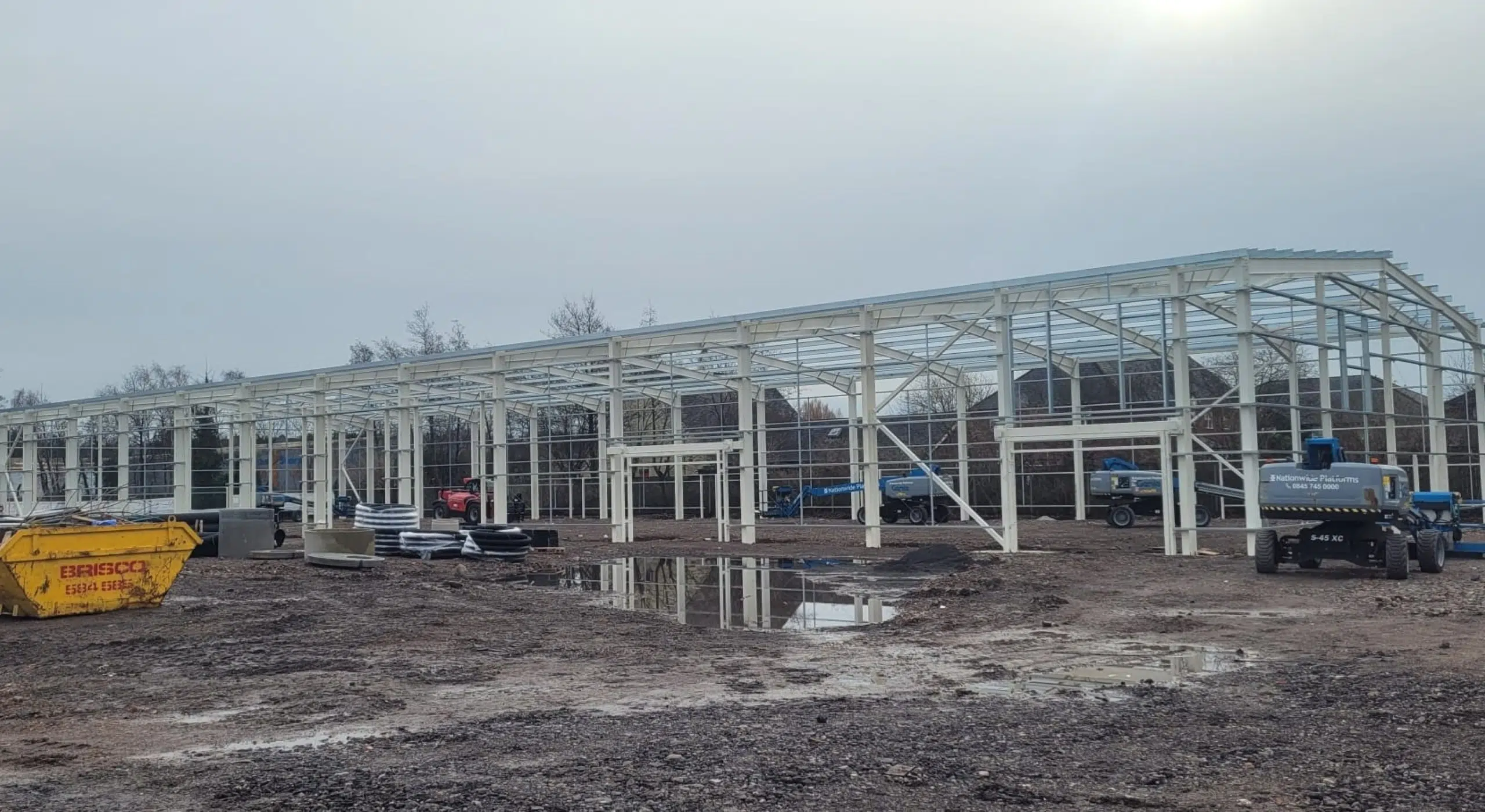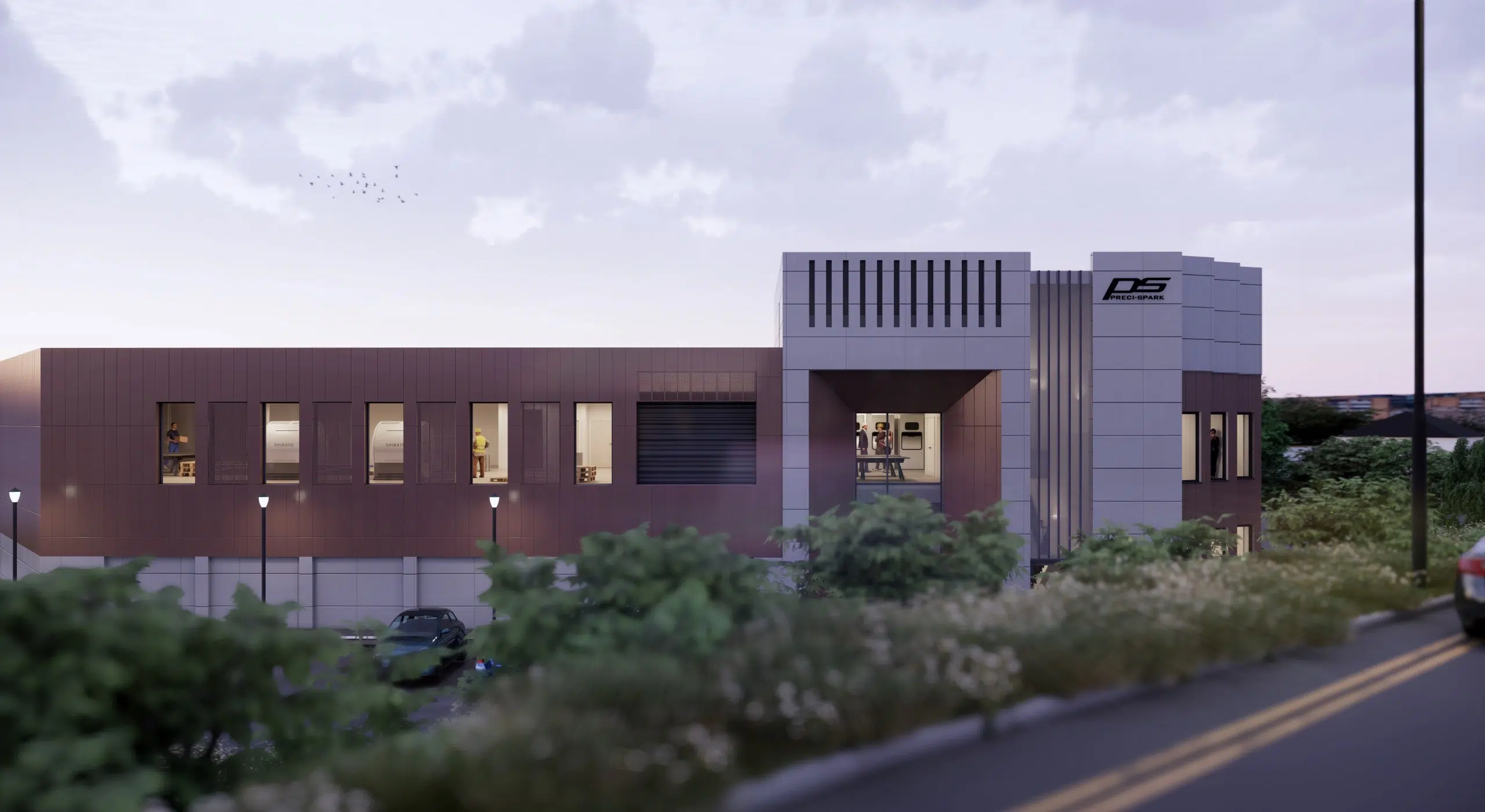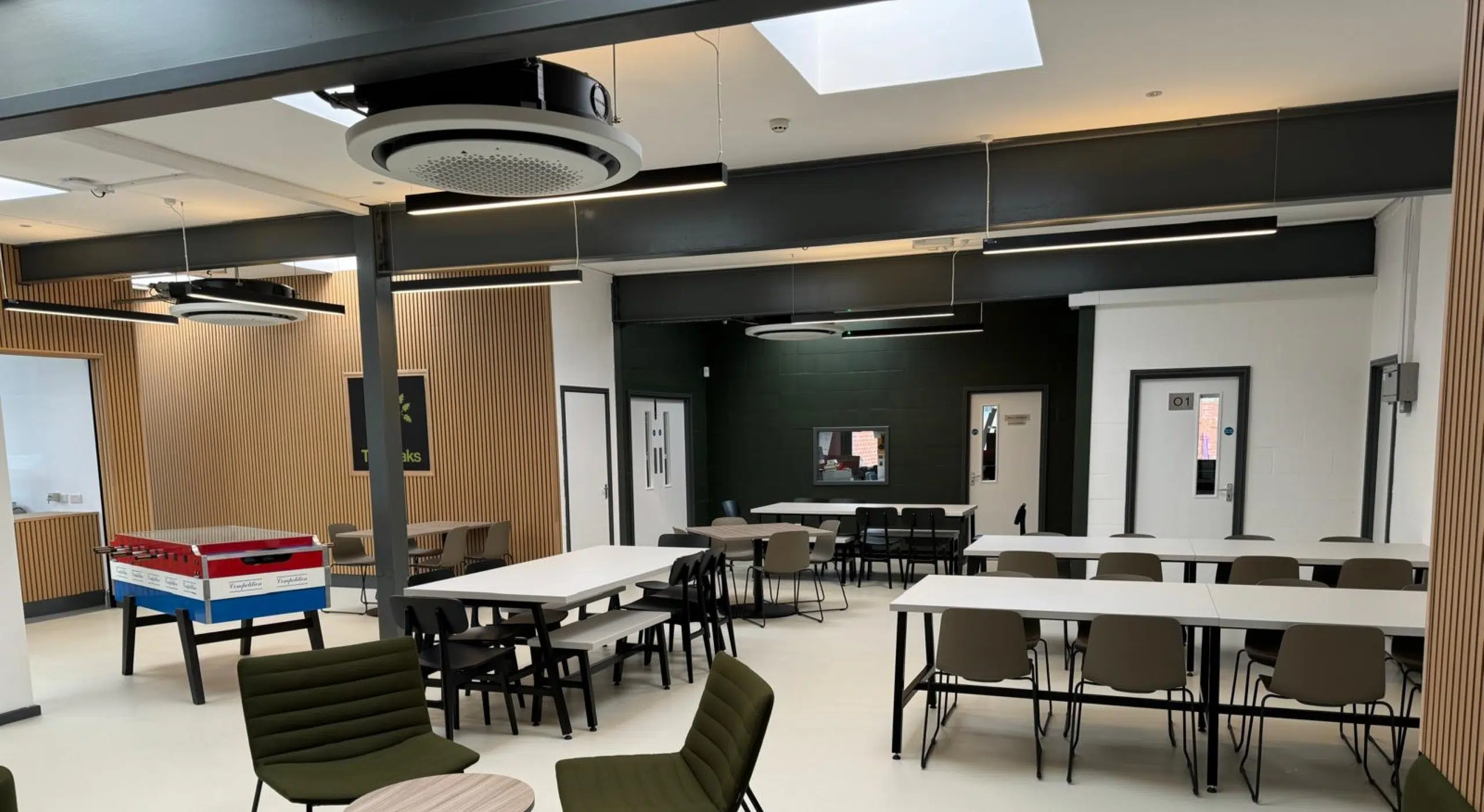
When I started my career over 30 years ago, dementia was a condition that people rarely discussed openly. Today 1 in 6 over 80-year-olds live with its devastating impact. Dementia, and how best to care and fund those affected, is part of public and political debate. Supporting people that live with dementia is one of the greatest health and social care challenges of modern times. Around 225,000 people will be diagnosed with dementia this year – that’s one person every three minutes and at least a million will suffer with the terminal disease by 2025*.
The care home market has grown significantly to keep pace with the demands of the UK’s ageing society. Yet, while it is estimated that 70 percent of care home residents now have dementia or similar challenges, the ‘standard’ building design has evolved little from early institutional architecture. Care homes with long corridors, open communal living and busy internal and external spaces are ill-equipped to support the physical, cognitive and sensory needs of people living with this condition.
In fact, evidence has shown that the environment in which care is delivered has an enormous influence on its effectiveness. It can also significantly improve quality of life for residents and offer benefits for families, friends and staff.
Here we explore three aspects of architecture and design highlighted by the Department of Health in its study, Dementia-friendly Health and Social Care Environments, and see how it can be delivered in practice. We show how design can improve the health and wellbeing of people living with dementia by reducing symptoms of confusion, isolation and anxiety, and help individuals to live more independently in a care environment.
Designing a home from home
The need for better design in care home provision spans further than a few cosmetic tweaks – it demands a fresh look at the concept and purpose of the whole living environment. Critically we need to address the hangover of institutional design and incorporate the heart of the home within a safe and functional building.
Changing the layout within care homes can make enormous differences. Best practice design, in line with the 12 principles set out by the Department of Health, highlights the need to avoid busy and crowded areas, unidentifiable spaces, noise and clutter that add to feelings of confusion and anxiety. There is an emphasis on easing the transition through ‘comfort design’ and a ‘home from home’ feel.
Our interpretation of this guidance is to deconstruct the traditional institution into a cluster of six pods that form small self-contained communities within the care facility. Breaking down the long corridors and noisy communal living, entertainment and dining areas in this structure reduces the scale of the accommodation, making it quieter and easier to navigate. People living with dementia can choose where they want to go and be more independent within a smaller, more accessible living space.
Overall, this familiar home-style layout helps people to transition into care and enhances quality of life thereafter.
Connecting to nature
A connection to outdoor space, nature and natural light is especially important for residents’ mental and physical well-being. Plants, flowers, water and wildlife are all recognised for their contribution to therapy treatment by lowering stress, stimulating the senses and aiding relaxation, while access to the outdoors encourages exercise and purposeful activities such as gardening or feeding the birds. This connection can even bring benefits when viewed from indoors, where natural ventilation is key for comfort and well-being.
While the typical institutional layout hampers access to the outdoors with long corridors, turns and stairways along the way, our modular design brings nature closer to each community living space. Just like a small garden at home, the area around each pod is easy to navigate and obstacle-free, which provides a sense of familiarity and freedom, even for the less mobile.
In Leicester, HSSP Architects recently designed a garden space in a care home that echoed an old-fashioned seaside resort, with multi-coloured beach huts and. Our memories of our childhood tend to be happy ones and are easier recalled by dementia patients who struggle with short-term memory loss. By using the beach huts in the space, we used a device to help residents remember care-free times.
Visual comfort also extends indoors, with a need to minimise exposure to unhelpful stimuli for residents with dementia. Patterned walls and flooring or chaotic décor can increase confusion and stress, while soothing artwork, block colours and carefully chosen visual cues as to the purpose of each room will aid recognition and comprehension.
Reducing fear and noise
Dementia affects all five of the senses, also impairing the ability to distinguish and differentiate between different stimulus. This, coupled with the fact that an increasing number of residents with dementia are over 80 and probably suffering hearing impairments, means that thoughtful acoustic design can make a marked contribution to helping people to live well in a care environment.
Smaller spaces with better acoustics can help avoid sensory over-stimulation and keep noise at a more familiar level found at home, rather than in an institutional setting. Small scale lounges naturally reduce the volume of televisions, radios and chatter in a communal area, whilst quiet areas built into the layout provide pockets of respite away from noise.
From care homes to homes that care
Clearly the age-old institutional design has no place in modern care giving for people with dementia and more thoughtful approaches to all aspects of design have been proven to support a better quality of care and quality of life.
The number of people living with dementia is rising by the day, so the challenge sits with the commercial sector to find a cost-effective design solution that meets the needs and expectations of this growing patient community – and their families. We believe this requires a rethink of everything that care homes used to be, and that thoughtful and innovative design holds the key.
Shifting the industry’s mindset from the provision of care homes to designing homes that care can deliver a better life and more effective treatment for people living with dementia.
*Figures available:
https://www.alzheimers.org.uk/about-us/news-and-media/facts-media
https://www.dementiastatistics.org/statistics/numbers-of-people-in-the-uk/
By James Botterill, Director, HSSP Architects








